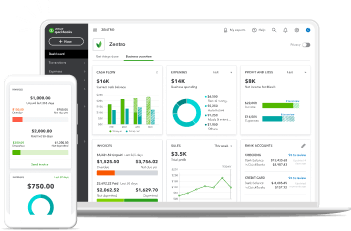How recurring invoices save time and effort for your business
Did you know that two-thirds of businesses report that processing invoices costs them more than 5 days per month? If that sounds familiar, automatic billing could completely change the game.
That’s because one of the biggest advantages recurring invoices bring to the table is the sheer amount of time and effort they save your business.
Automated systems can compile and send customer invoices in a fraction of the time it takes human administrators to do so, leaving businesses with an automated billing system one step ahead of the competition in several areas. Recurring invoices can help you:
- Reduce manual work: Instead of creating and sending recurring invoices every billing cycle, let a completely automated system do it for you without lifting a finger.
- Ensure punctual payments: Automation ensures your invoices are sent on time, every time. Like the sound of fewer missed or late payments?
- Minimize errors: We’ve all had that stomach-churning moment when you spot an error in an invoice you’ve already sent. Amounts, duplications, missing details—you name it, automated billing gets it right every time.
- Save admin costs: Invoicing is repetitive. Automation lets you free up staff time to spend on higher-value tasks.
- Improve financial tracking: Automated billing is also a great way to reduce the hours you have to spend compiling financial reports—key components of any long-term financial model.
Who can benefit from automating billing with recurring invoices?
Have we piqued your interest with all this talk of hours saved and costs cut? Great! You’re one step closer to implementing an automatic invoice system that will revolutionize your finances in a big way.
But before you go looking for billing automation software, there are a few more things we need to cover to see if your business can benefit most:
- Subscription-based services: Perhaps the most obvious business type that can benefit from automated billing are subscription-based businesses. Think SaaS companies, streaming services, or membership platforms. Here, customers pay on a regular, recurring basis—perfect for automated billing!
- Professional services with regular clients: Do you run an accounting firm, a marketing agency, or something similar? Are you dealing with dozens of clients who rely on you for extended periods? Recurring billing could be the perfect solution.
- Digital content and online courses: Companies that provide e-learning and coaching, as well as digital magazines, can also take advantage of automated billing for more streamlined results.
When should you start using recurring invoices?
So, you’re the perfect business type to benefit from recurring billing and you want to save time and money on invoicing?
Next, it’s essential to understand exactly when to implement a recurring invoices system.
After all, if you go for it at the wrong time, all hell could break loose. It could cause confusion and lead to missed invoices and money lost,so timing is crucial.
There are certain times wherein it’s optimal to set up automatic billing. If you don’t deal with regular invoices but rather one-offs, automated invoices aren’t so beneficial. However, if you’re transitioning to a subscription-based model, now’s the time to consider making the switch.
But what if you already have a subscription-based model? In this case, it’s best to avoid implementing a new system during a peak billing cycle, as this could cause mayhem. Instead, try to set up your new system before the peak sets in.
Or perhaps you have an eye towards scaling. If your business is trying to grow its customer base, it could be better to set up recurring billing now so you’re ready to hit the ground running later on!








